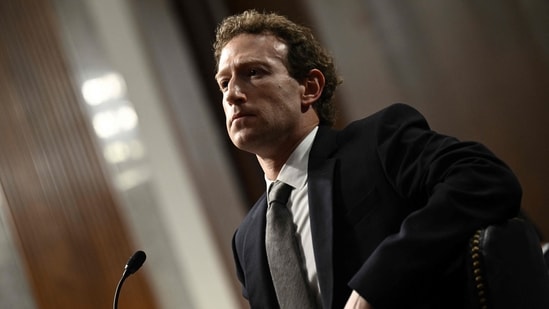Meta Platforms Inc. has decided to cut 600 AI jobs at Meta Superintelligence Labs, as the Mark Zuckerberg-owned company looks to make its AI unit more flexible and responsive.
The Meta layoffs affects Facebook Artificial Intelligence Research (FAIR) unit, as well as teams focused on product-related AI and AI infrastructure. The TBD Lab, which includes many of the highly paid recent hires, was not affected.
“By reducing the size of our team, fewer conversations will be required to make a decision, and each person will be more load-bearing and have more scope and impact,” Meta’s Chief AI Officer Alexandr Wang wrote in an internal memo seen by Bloomberg News.
Meta Platforms reorganised its AI efforts under Meta Superintelligence Labs in June after senior staff departures and a poor reception for its open-source Llama 4 model. It includes the company’s foundation, product and FAIR teams as well as the TBD Lab.
Meta AI Layoffs & Jobs
The downsizing is the latest move by Meta Platforms and Zuckerberg to keep pace with the likes of OpenAI, Google and Microsoft in the AI race.
The company first began investing in AI in 2013 by launching FAIR unit and recruiting Yann LeCun, its chief AI scientist, to lead the effort and building a global research network focused on deep learning.
More recently, Meta has spent billions to acquire top talent from across the industry, including a $14.3-billion investment in data-labelling startup Scale AI that brought on board Wang to lead its AI efforts.
Meta is now encouraging employees to apply to jobs elsewhere within the company, which includes Facebook, Instagram and WhatsApp, even as the company keeps hiring for its AI teams moving forward, Bloomberg News reported, citing a person aware of the thinking within the company.
Meta $27-Billion AI Data Centre
On Tuesday, Meta struck a $27 billion financing deal with Blue Owl Capital to fund its biggest data centre project.
The deal will allow Meta to achieve its massive AI ambitions by shifting much of the upfront cost and risk to external capital, while retaining a smaller ownership share in the project.
